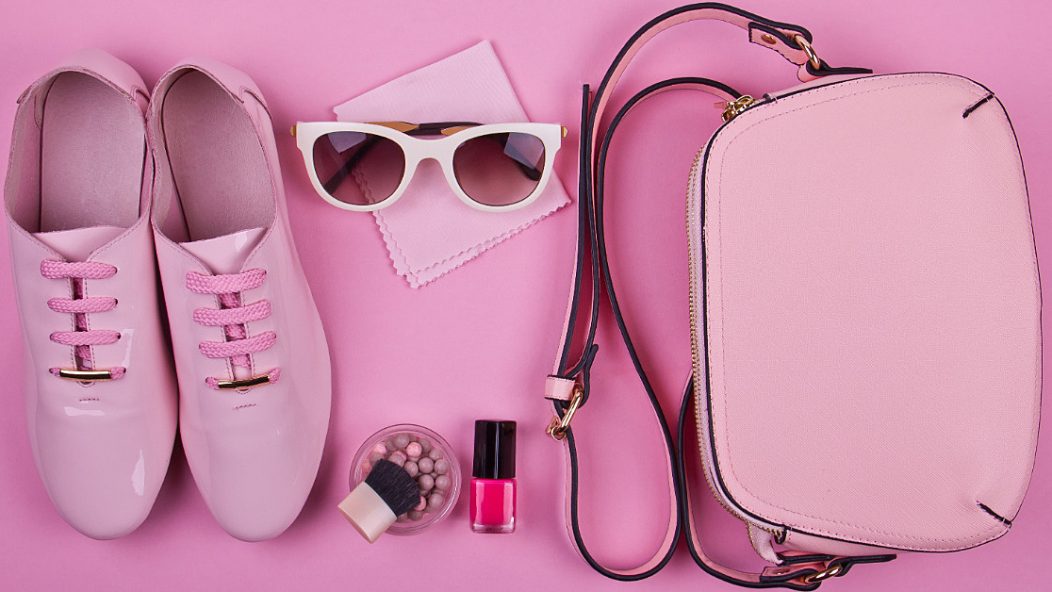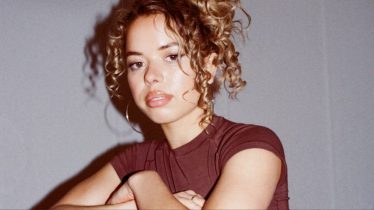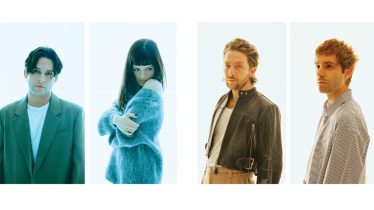
Inside Barbiecore, the pink trend taking over the fashion world
Everyone’s favorite plastic it-girl is making waves in the fashion world. Barbiecore, a style trend dedicated to being pretty in pink, has been dominating social media search bars. With over 15 million views on TikTok, it seems the look is here to stay, at least for the time being. This mass appreciation for the vibrant hue is more than some summer trend. Barbiecore means standing out, crushing outdated mindsets and looking good while doing it.
Read more: Pretty Sick’s Sabrina Fuentes rips up the fashion rulebook, in everything from Miu Miu to Weekday
Some brands and big names are also on board with the color’s resurgence. In March, Valentino premiered its fall/winter Pink PP collection. A line of hot-pink-clad models strode about an equally fuchsia backdrop. The dazzling procession included a variety of silhouettes and textures, but each outfit was united and uplifted by its focus on such a rich color. Celebrity co-signers include Zendaya, Lizzo, Rihanna, Kim Kardashian, and Florence Pugh. At the premiere of his documentary Life In Pink, Machine Gun Kelly and Megan Fox stepped out in matching rosy fits that would put Barbie and Ken to shame.
https://www.instagram.com/p/CfXIRSIJk19/?hl=en
Speaking of Barbie, the upcoming release of her 2023 film has played no small part in the trend’s rise. Margot Robbie has fully adopted the persona, being photographed in ’80s athleisure and Elle Woods-inspired fits that look like they came straight from the stylish doll’s wardrobe.
https://www.instagram.com/p/Cf7vXULtqRm/?hl=en
If you’re still having trouble deciding on your summer 2022 look, Barbiecore offers the best of all worlds. The style comfortably weds the concurrent fashion movements toward being over the top or understated. Take your pick: wearing everything but the kitchen sink or sticking to sculptural conservative frames. Either way, it’s almost impossible not to catch an eye or two while sporting a bold monochromatic look.
Pink’s place in fashion has often been turbulent. Beginning as a color for young men because of its closeness to the militarily associated red, pink quickly took on feminine associations and was subsequently demonized. As pink was connected to femininity, it also came to be a hue linked to the objectification and sexualization of women’s bodies. Due to industrialization, in the 1900s pink dye became relatively cheap to produce, and with this advent, the color flooded wardrobes everywhere. Due to its availability to working-class women, pink’s “pure” connotation shifted to one that conveyed promiscuity. The color’s history is a cycle of perceived opulence fading into vulgarity and being reelevated. Barbiecore’s reframing of the color stands against not only these antiquated associations with childishness or obscenity but also in defiance of more modern forms of gender policing.
The obvious transgressive power of the trend lies in its ability to act as a tabula rasa for the storied tone. The bulk of its strength, however, lies in a mass questioning of why its negative associations should have mattered in the first place. Who says being youthful, or feminine, or promiscuous was ever something worth being ashamed of? Since the far-off days of the ’60s, the media targeting young women has been fair game for undue lampooning. It became increasingly acceptable to criticize literary works or popular trends loved by young women as vapid or insignificant. In the event they’re able to pierce this cultural black-out curtain to see the light of culturally acceptable media, their interest in it is constantly questioned. Barbiecore asks that your expressions of femininity become immune to the opining of others. Pink is whatever you want it to be.








